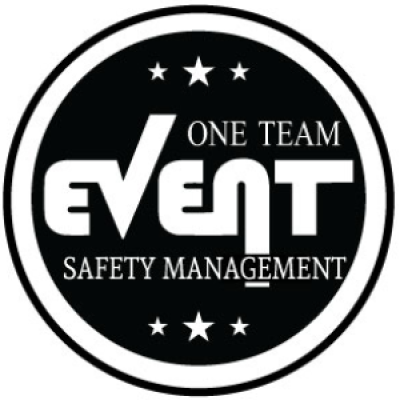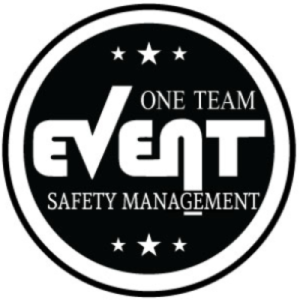What is an Event Safety Plan
An Event Safety Plan is the cornerstone of the event safety planning for your event. The plan contains a number of different elements. Each of the elements is equally important and has its part to play in you delivering a safe event.
Regardless of the size of your event you should have an Event Safety Plan. The only difference is that the amount of planning and the complexity of your plan. For smaller events the plan could run to as few as fifteen pages. However, for large events or international events the size could rival the size of a small novel.
What should be in an Event Safety Plan
The quickest way of answering this is to say everything that relates to the safety of your event. As I mentioned above the plan is the cornerstone of the event safety planning.
I always work on the principal that if I’m not the Event Safety Manager on the day whoever is could pick up my Event Safety Plan and run the safety of the event based on what is there.
Also, members of the Safety Advisory Group and any other organisations involved can get a full picture of how safety will be ran at the event. It also gives them clear opportunities for them to pass comment or raise any concerns that they may have with your plan.
The plan should include a list of positions that will be involved and for key positions the name of the person who will be fulfilling that role.
The plan should also cover each phase of the event and explain what the safety team will be doing during this phase, what personnel are required and what responsibilities each of these will be assuming.
What are key positions?
Key positions are strategic positions that are required for the safe operation of the event. For a small event that may just be the Event Safety Manager and the Head of Security. For larger and more complex events the number of key positions could also include:
- Deputy Event Safety Manager
- Deputy Head of Security
- Traffic Management Manager
- Entrance Manager
- Crowd Manager
- Head of Security (Back Stage)
- Safety Manager for Performance Area
Depending on the size of your event you could have more then one person assigned to each of these positions.
Even then during your planning there may be other key positions that you identify and should then include in the plan.
It could also be that with the profile of your event you don’t need some of the positions that I have listed.
Should I include a Risk Assessment?
My quick answer to this is that you should be including more than one risk assessment.
You should have a general overarching risk assessment and then a specific risk assessment for different areas of your event site for example
- The stage and backstage area
- The carpark area
- The bars/food area
- The viewing area and front of stage area
The reason why I say that each of these areas should have separate risk assessments is that each of these areas have different risks as well as shared risks. The controls that you put in place for the different risks will be area specific. By having them in separate assessments it means that the key people in that area have easy access to the information that they need.
For areas such as the bars/food areas where you have third parties supplying services you should ask them for a copy of their risk assessment rather then writing one and expecting them to comply with it. You should ask your Event Safety Manager to review these to ensure that they are as comprehensive as you need them to be. Also, you need to ensure that there are no controls in there that would put them in conflict with your wider plans.
Where there are conflicts your Event Safety Manager can support you to discuss this with the supplier.
As part of your Event Safety Plan you should also include both your contingency plans and your major incident plan which we will discuss further in the next blog.
Home
- Click hereOpens in a new tab
Next Article
- [Insert Title Here]Opens in a new tab

